Some of the projects the company has been working on since its inception:
- Development of a lightweight instrument pod for BAE Systems Australia.
- The pod was constructed largely from carbon fibre and is much lighter than all-aluminium pods currently in use.
- Because this pod is intended to be carried by aircraft, the construction and finishing of components and certification of materials and processes had to be completed to a very high standard.
- The manufacturing methods used included filament winding and contact moulding with vacuum bagging. A movie illustrating some of the manufacturing techniques can be viewed here
- Development of a lightweight corrosion resistant fibre composite piping system for underground coal mines for AC Whalan & Co, CSIRO's Mineral Down Under Flagship and the Queensland State Government Research-Industry Partnership Program (see photo on right).
- It will be longer lasting than existing steel piping, especially where there is corrosive groundwater. The pipe will be fire retardant and anti-static (FRAS) and compatible with steel piping. The FRP pipe will be about half the weight of steel piping, which will have occupational health and safety benefits for miners.
- Demonstration of fibre composite drill rod, coiled tubing and casing-while-drilling technology for CSIRO's Mineral Down Under Flagship
- Composite drill rods afford improved data and power transmission with downhole equipment, fatigue and corrosion resistance, lighter weight and suitability for housing newer types of instruments.
- Composite coiled tube drilling would enable small, low-power, rigs and an unprecedented capability for logging while drilling and measurement while drilling; it is possibly the ultimate in drilling technology.
- The casing while drilling technology being investigated, in which the bore hole is simultaneously lined during drilling, promises a solution to penetrating troublesome zones and reducing drilling costs.
- Development of a high-performance rocket motor, supported by the University of Queensland's Centre for Hypersonics and the Queensland Government's Smart State Research Facilities Fund
- Test firings of a 5-inch prototype demonstrated a mean thrust of 10 kN for 3.3 seconds, a delivered total impulse of 32.6 kN•s and specific impulse of 226 sec, a propellant mass fraction of 70% - good for a small (21 kg total mass) motor. A clip of this test can be found here
- An 8-inch higher performance rocket motor is under development
- Fabrication of carbon fibre scramjet intakes for the University of Queensland
- The intake geometry was very complex and the tolerances were very small. The moulded mandrel had to be frangible for extraction. The composite was a high strength, high temperature ablative carbon-phenolic material. The intake may be launched on a rocket to nearly 10,000 km/h
- Design, test and manufacture of a special-purpose filament wound fibreglass borehole liner
- Laboratory and field testing demonstrated high axial, torsional and bending strength for borehole insertion and a high crush strength to keep the borehole open
- The composite threads were moulded during the filament winding process making an economical, high-strength joint fully compatible with steel borehole liner also used in the borehole
- Design support and manufacture of a hypervelocity wind tunnel nozzle
- The nozzle will be used on the University of Queensland's X3 Expansion Tube to expand gas flowing faster than 10 km/s (36,000 km/h) for experiments simulating entry into extra-terrestrial atmospheres
- The nozzle is made from fibreglass and is canilevered from the small end via a wound-in-place steel fitting
- The design has been analysed using detailed FEA to ensure it can withstand its own weight and loads imposed by the internal vacuum that will be applied with ample margins of safety
- Manufacture of thick-walled carbon fibre cylinders
- With walls 35mm thick, the manufacture of these cylinders presented concerns about internal temperatures during resin curing and management of fibre build-up in the turn-arounds at each end
- Examination of the sectioned laminates revealed no detectable flaws or voids (glass fibre prototype pictured)
- The cylinders were manufactured to very tight dimensional tolerances
- Surveillance testing of solid propellant rocket motors
- This project involved the development of a thrust stand, instrumentation, data acquisition and procedures for the testing of Zuni and Sighter rocket motors for the Australian Space Research Institute
- The rocket motors had a maximum thrust of 35kN and the thrust stand was hydraulically tested to 100kN on site prior to testing
- All equipment was transported from Brisbane to Woomera. Installation, hydraulic testing and six static firings were successfully conducted in one day
- A clip of a Zuni rocket motor static test can be viewed here
The company has also sponsored and supervised several undergraduate projects with University of Queensland students including:
- Development of high-temperature composite materials for scramjet applications
- Mechanical characterisation of inert solid rocket propellant formulations
- Design, construction and testing a small lightweight fibreglass rocket payload fairing
- Strength testing of composite threaded connections
- Development of a drag-separation system for two-stage rockets
|

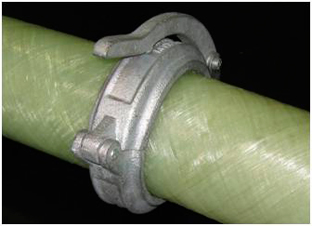
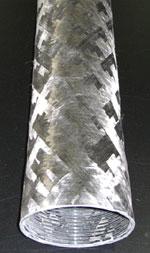
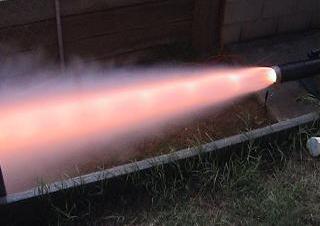
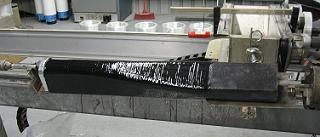
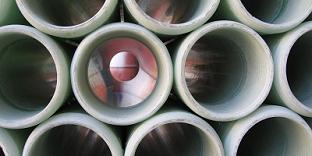
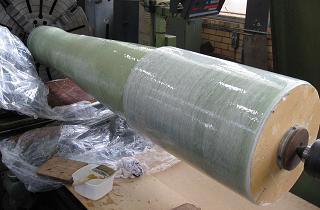
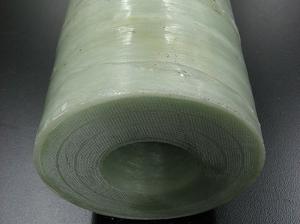
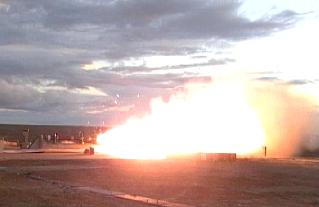
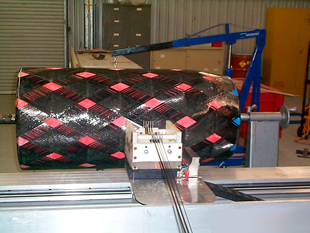
|
